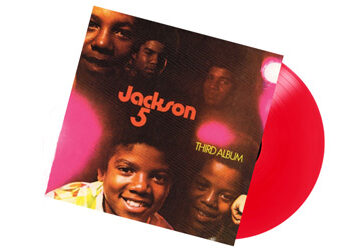
Spawned in 1998, the band took life as a side-project for Inferno (Zbigniew Robert Promiński), who had recently joined Behemoth on drums. Three quick albums appeared: Demon Seed (2001), Infernal Blasting (2003), and Diabolic Impious Evil (2006), all for Pagan Records. The lineup was stable for a decade, with Bartłomiej “Bruno” Waruszewski offering vocals and bass, Bartłomiej “Bart” Szudek guitar, and second guitar duties switching between Andrzej “D.” Zdrojewski and Mariusz “Thrufel” Domaradzki.
Moving forward, 2009’s Praise the Beast marked the band’s debut for Agonia Records. Returning with a quick follow-up, 2011’s Blasphemers’ Maledictions, saw the departures of Thrufel and Bruno; Piotr “P.” From here Ostrowski took over on bass and Necrosodom (Marek Lechowski) assumed duties on guitar/vocals. This lineup returned for 2017’s In Extremis; however, early in the three-year gap before Saint Desecration came the departure of Necrosodom, replaced here by Skullripper (Marcin Sienkiel).
All this in mind, the tracks of Saint Desecration are fully fleshed, dripping with the more recent fare of Blackened Death Metal, but with poignant ’80s Thrash flashbacks peppered throughout. Clean, retro guitar shredding infects tracks like “Life is Death, Death is Life,” “Sancta Dei Meretrix,” and “Fall of the Blessed,” if not the album as a whole. The album packs a lot into its forty minutes, with steady, heavy efforts like “Profination” tempering esoteric tracks like “Reigning Over the Death.”
Other than the muffled clank that introduces “Let Them Burn…,” the bass work by P. is largely cloaked deep within the mix, which is one of the shortcomings of the album. His additions do appear at other moments, closely mirroring the percussion and adding an extra sense of dread, but his sound could have been given more thought as the mixes were completed. His relative absence is covered well by Inferno’s drumming and the paired guitars, but a much more obvious dose of the low-end would be welcome. Another literal shortcoming is the length, as the ten tracks wrap on a quick pace which immediately invites a follow-up listen.
Lastly the album closes with “Beyond the Gates of Burning Ghats,” a collection of winding, cryptic guitar progressions that slowly decay into an echoing solo. The band produced a video for this track, one which embodies the dark, burning embers within the funeral pyres alluded to in the title, with veteran actor and compatriot Marek Dmoch at the center. As the track drags the album into darkness, there are several brisk, deliberate movements where it slows to a crawl, allowing the listener to imbibe the utter darkness and despair. Of all the tracks, “Beyond the Gates of Burning Ghats” leans the heaviest on its obvious Behemoth relations, without sounding cheap or copied, as the vocals from Skullripper particular add a fresh dimension.
Overall, Saint Desecration largely takes the role of the ambient Death Metal soundtrack one would expect to hear while traversing a barren, hateful landscape. There are moments of pure blast-beat anger surrounded by piercing airy guitar riffs and solos, often in adjoining measures. The end result may not win any converts from fans of lighter music, but the spacious interludes will give the hardest of ears a respite without sacrificing genre, code, or credibility. With this album, Azarath show again that they are much more than a side (or even parallel) project of their Polish neighbors. As such, Cryptic Rock gives Saint Desecration 4 out of 5 stars.






No comment